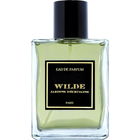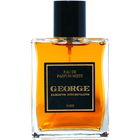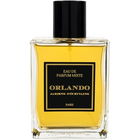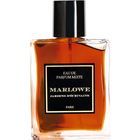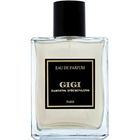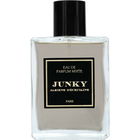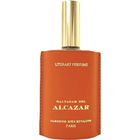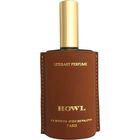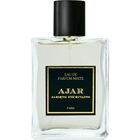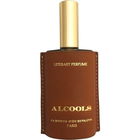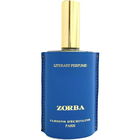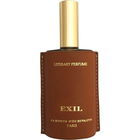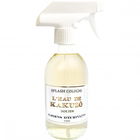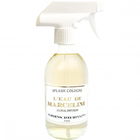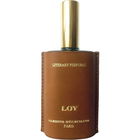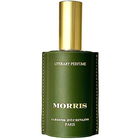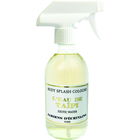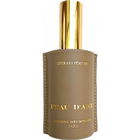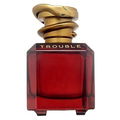05/13/2016

BrianBuchanan
363 Reviews

BrianBuchanan
Very helpful Review
4
Desiccated floral V syrup bomb
Designing a fragrance which is half monster youth scent and half 80’s relic is somehow both inspired, and wilfully bizarre.
It's the typical Jardins d'Ecrivains shtick: a core of dusty orange flower - backed up by demerara cake and joss sticks, all going head to head with a weird disinfectant syrup. The messed up froot and antique orange flower make a Frankenstein hotchpotch of crudely fitting pieces...
You may applaud the oddness of it all, pour scorn on such pretentious twaddle, or simply come to wonder who spilt his Red Bull on granny's potpourri.
In the end however, La Dame aux Camélias is one of a minority of perfumes that improve over time. As the details fade, the profile pulls together into a nice confectionary floral but, as with all craft disciplines, it's a matter of swings and roundabouts; the nicer it gets, the less good it becomes.
It's the typical Jardins d'Ecrivains shtick: a core of dusty orange flower - backed up by demerara cake and joss sticks, all going head to head with a weird disinfectant syrup. The messed up froot and antique orange flower make a Frankenstein hotchpotch of crudely fitting pieces...
You may applaud the oddness of it all, pour scorn on such pretentious twaddle, or simply come to wonder who spilt his Red Bull on granny's potpourri.
In the end however, La Dame aux Camélias is one of a minority of perfumes that improve over time. As the details fade, the profile pulls together into a nice confectionary floral but, as with all craft disciplines, it's a matter of swings and roundabouts; the nicer it gets, the less good it becomes.




 Top Notes
Top Notes  Vervain
Vervain Cardamom
Cardamom Orange blossom
Orange blossom Heart Notes
Heart Notes  Camellia
Camellia Rose
Rose Violet
Violet Base Notes
Base Notes  Musk
Musk Canary Islands juniper
Canary Islands juniper Tonka bean
Tonka bean

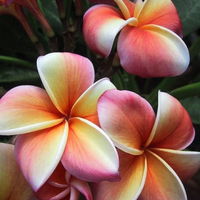







 MRoth
MRoth Yatagan
Yatagan Ergoproxy
Ergoproxy Pluto
Pluto Heikeso
Heikeso Stanze
Stanze BlueBird
BlueBird Hasi
Hasi Gandix
Gandix BlueVelvet
BlueVelvet